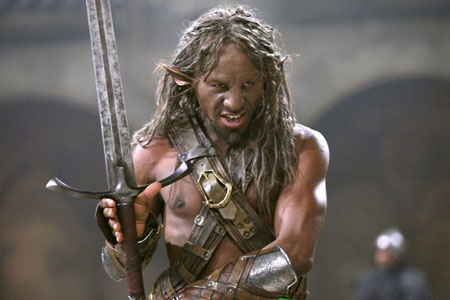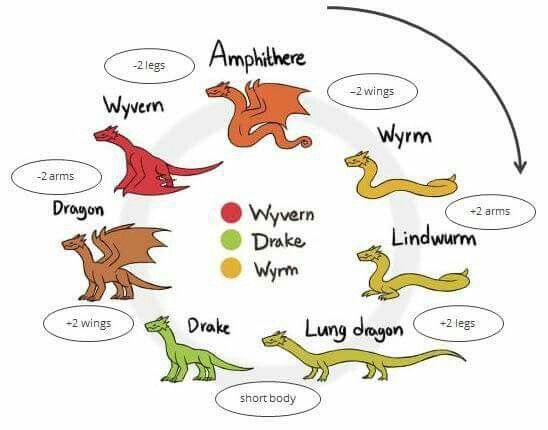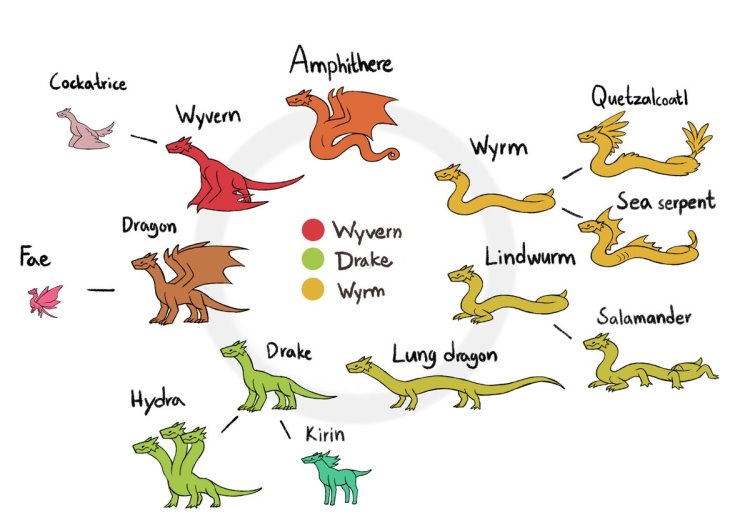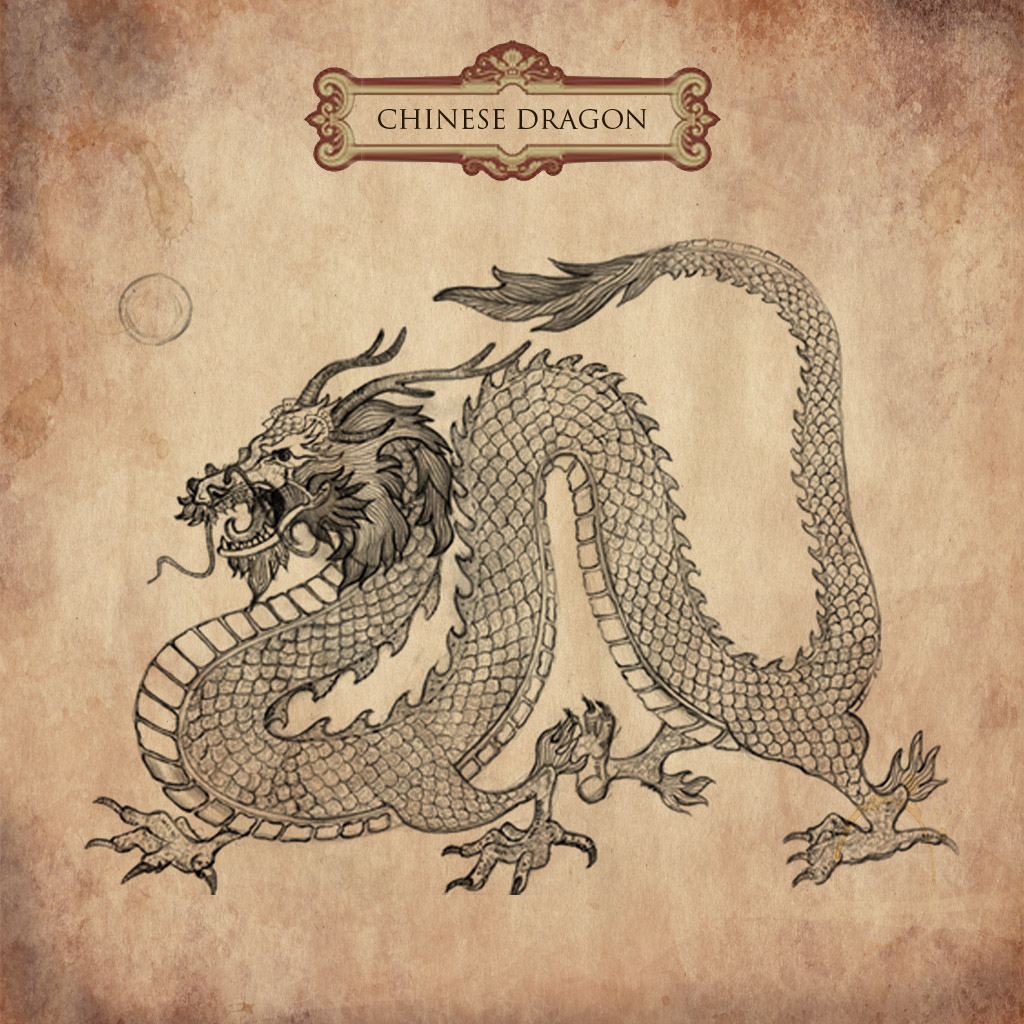I feel you
@Quid est Veritas? 
Personally, one of my favorite things to examine are mermaids. ...I do think mermaids are cool concepts, especially when seeing cultures treating what's called the MerWorld as legends and even noting that legends have legends. As I told
@Zoness earlier, there are so many things about the world we do not know about - including life that may have adapted to other environments. The way they were often portrayed in media may have made a difference...
Years ago, I saw "Pirates of the Caribbean 4" and I highly enjoyed many aspects of it. But something that stood out to me in the film was how they seemed to be more open about spirituality from a Biblical perspective.
In example, one of the main characters is named Philip. He's a missionary and he was trying to teach the pirates about the Lord, even though they mocked him continually.....and when it came to his desiring to reach them, they tried to use him as bait to lure some mermaids that they needed.
Many were shocked to see the way that mermaids were depicted within the film, though its actually closer to how folklore described them. For Like the sirens, mermaids are incredibly beautiful womenincredibly seductive womenthat lure men to their deaths.
A mermaid's greatest weapon was her radiant appearance.....and though they are women, they were also animal. The water line defines where they're women and where theyre creatures. Under the water, they are creatures and over the water, they're women. They were known to feed on the men, and thats how they see men, as something that sustains them. They may look lovely, but they can shred a human limb from limb in seconds.
With Philip, it seemed that his fate was sealed when the mermaids attacked.....and yet, when he was almost about to be killed by an explosion elsewhere, one mermaid saved him. Though she's depicted as good, she is captured nonetheless by the pirates - and the rest of the film shows how Philip and the mermaid began to fall in love.
It was a conflict for Philip since he was a priest/missionary and trained to think that only men had souls/relationship with the Divine.
Such beauty. Surely you are one of God's own creations...and not a descendant of those dark creatures who found no refuge on the Ark. Such beauty...and yet deadly."
"Deadly. No."
Inspired by her beauty, Philip began to fall deeply in love with the mermaid, whom he names
Syrena, to make the crew see her as a person and not a monster. Syrena began to fall in love with him as well, seeing him as differentnot like the other men she dealt with.
For there are many things that were once thought to be impossible that were seen to be possible later on in history when gaining more information. Of course, depending on how much one likes science and the study of cryptid zoology - such as seeking out creatures thought to be unknown such as giant squids, bigfoot/yeti, thunderbird and many other things discussed in cultural histories - that may make a difference. I don't expect all others to agree, but I do think scripture gives basis for showing how much mixture between species did occur - and on the issue, it is something to consider if such things would've been able to look to the Lord.
Half human,
half animal myths are common - and it may be that they're common for a reason beyond simple imagination. From the Greek Mythological depictions to the Egyptians, each of them seems to advocate and portray powerful creatures that were mixed....
and as recently discovered, there are 4000 year old cave painting on the outskirts of Sydney that resemble Egyptian gods. How could a race of people cut off from the world have the same images as that of the ancient Egyptians, unless they were viewing the same thing. Could all the cultures have drawn the same creatures because they saw them with their own eyes? Possibly
Thr Book of Enoch, discussing how corruptions of breeding/genetics were common in the days of the Flood
As it is, We're going back there rather quickly, in light of all of the genetic experimentation on humans/animals and mixing them together...and others have wondered if those mixtures would be automatically lost by default.
For me, when I consider what happened in the era of Genesis 6 and the Flood - with the Watchers violating their roles/stepping outside their authority to corrupt mankind - I have to consider the way that man was very advanced/capable of doing a lot of things.....many of which we're JUST now catching back up to in our era.
It has often been pointed out that early man may have been more intelligent than many realize...for there have been many scientific discussions on the capabilities of man back in early Human History and how many of the monuments that man made then (i.e. The Pyramids, The Easter Island Statues, STONE Henge, etc) could never have been made without the very advanced technology that we have available today - making others wonder just how advance we were back in early days and what exactly was lost. I think personally that we'd be amazed at how much what we have today may have been nothing compared to what they had then. For man to name ALL of the animals that GOd brought him in
Genesis 2 and be a zoologist/botanist and gardener, one would have to think that man was truly brilliant..and there's no reason to think that brilliance went away after the FALL.
If man was truly a scientific GENIUS during his creation and able to do things that we've only dreamed of because of his perfection, naturally, he would have been capable of doing ennormous feats of power that many are either just now discovering over the recent centuries...or realizing that there's more to learn/go with.
And due to man's wickedness, its interesting to see what he's capable of when he tries to cross barriers. There's a book that I remember coming across called The Island of Dr Moreau---a very dark tale of a man named Dr. Moreau who learned how to successfully use human DNA in animals to make them more humanlike and regress their animal instincts.
Every time my mother and I discussed the book/film, we automatically thought of
Genesis 6 and why the Lord decided to wipe out men in the Flood. For there may've been MANY things occurring that should NEVER have occurred.
My own mother and I have often discussed the issue of how it seems to be the case that the "heroes of old" in
Genesis 6 seems to be in reference to where all of the great world religions get their stories and mythologies----be it with the creatures and gods from Greek Mythology, the Egyptian Gods, werewolves, vampires, fairies , mermaids, and many other mythological creatures that were encountered.....and in our view, whereas some of them came about as a result of angelic having mixed offspring, others may have been developed due to man getting involved in the dark arts/sciences and learning how to manipulate himself so that he could gain abilities that other creatures had.
Its possible that man was advanced enough to learn/know how to use his DNA to mix with others and create certain things........and perhaps this knowledge was simply lost after the Fall. Perhaps it was by God's design that man lost that knowledge.
On
Genesis 6, its more than possible that man was doing genetic experimentation even then...and corrupt man may have discovered how to manipulate creation to create other hybrid creatures from which all folklore comes from today. For some examples of experimentation that could occur:
- Man + Goat = Satyr
- Man + Horse = Centaur
- Man + Bull = Minotaur
- Bird + Horse = Pegasus
- Bird + Lion = Griffin
- Man + Fish = Mermaid
The list can go on...and as said earlier, its not as if early man just thought to sit down/think up some of these things. They had to have gotten inspiration from somewhere.
And on the ways that DIVINE beings violated their posts and did damage to our world with experimentations, I have to say that such things should not be considered beyond our realm of understanding.
Steve Collins (who's a Messianic Christian) had some very interesting insights on the issue-
And with the mermaid issue I mentioned earlier, Years ago, I researched at what point the entire concept of "Dagon" came into being during the history of Israel. From what I understand, Dagon was a Canaanite god of grain adopted by the Philistines. As noted earlier, the Philistine god
Dagon was represented
with a half man, half fish figure, and was said to be the father of Baal. This deity was a personification of the generative and vivifying principle of nature, for which the
fish with its innumerable multiplication was especially adapted, to set forth the idea of the giver of all earthly good.
Something interesting I discovered was seen in an excerpt from
Dagon: The Philistine Fish God - Associates for Biblical Research. As said there:
Question: In the book of Judges, we read how the Israelites served “Baal and Ashtaroth”, pagan gods of the various nations (Judges 2:11-13), but Dagon, the god of the Philistines, is mentioned by name and often depicted as a “fish-god”. How is Dagon different than the other idols?
Answer: Dagon was originally a Semitic deity, adopted by the Philistines after they invaded Canaan, ca. 1177 BC. We have records of Dagon dating to the 3rd dynasty of Ur in the 25th Century BC. Dagon was very popular among the Amorites, among whom “Dagon” is a component of many personal names, and Assyrians.
Most scholars argue that he was originally a vegetation, grain and wheat, deity. The name is very similar to the Hebrew word for “grain”, dāgān. This would create an interesting irony in the Samson narratives, as Samson was forced to grind wheat for the Philistines (Judges 16). However, some descriptions seem to make Dagon a storm-god, possibly in connection with the need of rain for the wheat and grain harvest.
However, Dagon in iconography Dagon is often presented as fish-god. This depiction has survived the centuries and is quite controversial. The reason it has survived is the similarity of the name to the Hebrew term dâg, meaning “fish”. This connection was first popularized by Rashi, Rabbi Shlomo Yitzhaki (AD 1040-1105), author of an extensive commentary on the Tanakh. He imagined, based on this connection to the Hebrew term dâg, that Dagon was in the shape of a fish.
David Kimhi (AD 1160-1235), Medieval Rabbi and Bible Commentator, expanded upon the interpretation of Rashi. In his comments on 1 Samuel 5, wherein the Philistines placed the Ark with Dagon, he interpreted the statement “only the flat part was left to him” (1 Samuel 5:4) as meaning “only the form of a fish was left”. He reasoned that since the text mentions “hands”, Dagon was in the in the form of a fish from the waist down, hence the name, and in the form of a man from the waist up. One must note that the LXX mentions both hand and feet.
In 1928, H. Schmökel argued that Dagon was never a “fish-god”, half-man and half-fish. However, once his cult became important to the sea-faring and maritime peoples, such as the Phoenicians and Philistines, the false connection to dâg (fish) had a powerful impact on Dagon’s iconography. Some scholars still insist that this merman image, half-man and half-fish, is a secondary aspect to this god of the Philistines. The Philistines were a powerful part of the invasion of the “Sea Peoples” who swept the Eastern end of the Mediterranean basin ca. 1200 BC. Therefore, a god with aquatic aspects could prove to be an important part of their pantheon.
Overall, Dagon is represented somewhat differently than other gods in Judges. This is because he is linked to the Philistines, who seemed to have adopted Dagon very early, one of the most hated enemies of YHWH and Israel. The Philistines represented a more menacing type of threat than the local Canaanites who had inhabited the Promised Land. With their political and military organization the Philistines were a viable threat to wipe out Israel and thwart complete possession of the land. Their importance is fully seen in that, according to 2 Samuel 5, their defeat was a key to the establishment of Davidic power.
As it concerns the subject of mythological creatures like "mermaids", others may disagree...but IMHO, it'd seem that it may be possible for such creatures of man/fish mixtures to have survived/been around even into the time of the Conquests of Cannan since the apperance of Dagon was around that era (
Judges 16:22-24, etc ) and afterward (
1 Samuel 5:1-3,
1 Samuel 5 ,
1 Chronicles 10:9-11 /
1 Chronicles 10, etc )----and perhaps it was the case that such creatures existed/gave room for others making idols out of them.
That said, I've seen many give an explanation for what was seen historically with mermaids. The seal dynamic is something that has been discussed alongside saying that manatees and
sea cows were mistaken for mermaids....though the depictions of mermaids in mythology were far from simple observing from a distance. With the Seal dynamic, mermaids were also known as
selkies, animals that can transform themselves from seals to humans..
For the sake of technicality, a mermaid (from the Middle English mere in the obsolete sense 'sea' + maid(en) is a legendary aquatic creature with the head and torso of human female and the tail of a fish. The male version of a mermaid is called a merman; the gender-neutral collective noun is merfolk. Various cultures throughout the world have similar figures.
In some ancient cultures Mermaids were regarded as semi-divine aspects of the Goddess, connected to the sea from which life arises and honoured in seaside temples. The earliest Mermaid story comes from Assyria around 1000 BCE. Atargatis, an Assyrian priestess, jumpred into the sea to wash away the shame of an
unwanted pregnancy and emerged as a fishtailed goddess. In the 2nd century BCE, the Greek historian Lucian reported that the statue of the Great Goddess at the temple of Hieropolis (which is now modern Turkey) had a fishtail instead of legs. In Greece, Aphrodite, the goddess of love, as born from the sea foam and rode to land on a half-scallop shell.
In the 1st century CE, Pliny wrote convincingly of the existence of Mermaids, but said that their bodies were 'rough and scaled all over'. But by the 5th century CE, the bestiary
Physiologus described Mermaids in terms that accord fully with their contemporary image. Mermaids are 'wonderfully shaped as a maid from the navel up and fish from the navel down'.
So who knows what was playing out fully














